Buckinghamshire has a requirement to provide 95,000 new homes (which includes a 5% buffer), which is set by central government and represents a 43% increase on what we had been planning for previously.
The Housing spatial strategy outlines seven approaches for how new housing could be accommodated:
Legend
- Existing Towns and Villages
- New Developments
- Business Hubs/Clusters
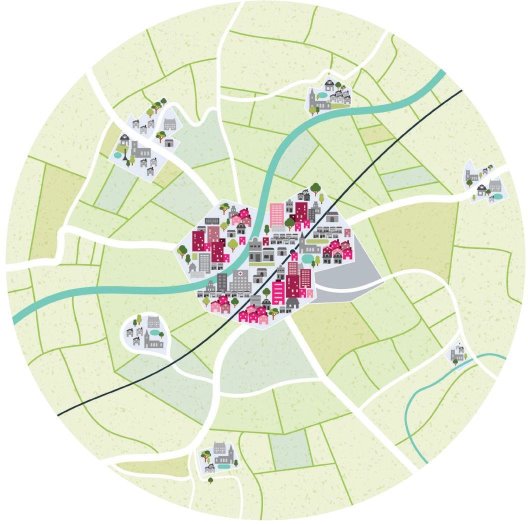
1. Brownfield Sites in Towns and Villages
Focuses on regenerating underused urban land (potential to deliver 1,500–2,500 homes).
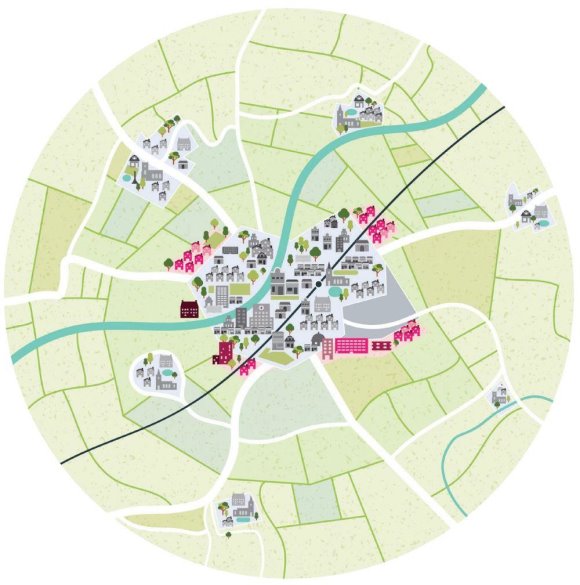
2. Growth on the Edges of Existing Main Towns
Large-scale urban extensions around sustainable towns, (potential to deliver 23,000–28,000 homes).
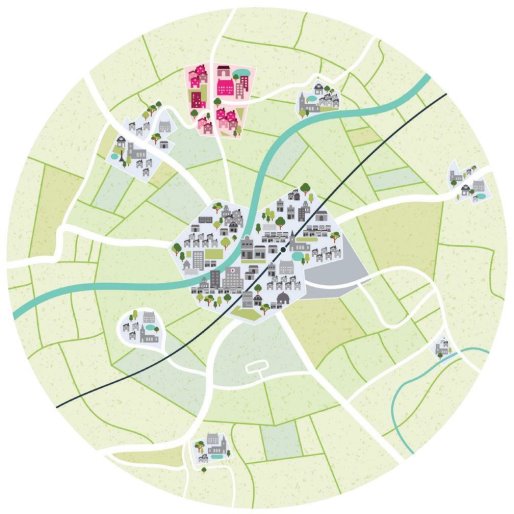
3. New Towns
Standalone settlements with full infrastructure, (potential to deliver 11,000–13,000 homes).
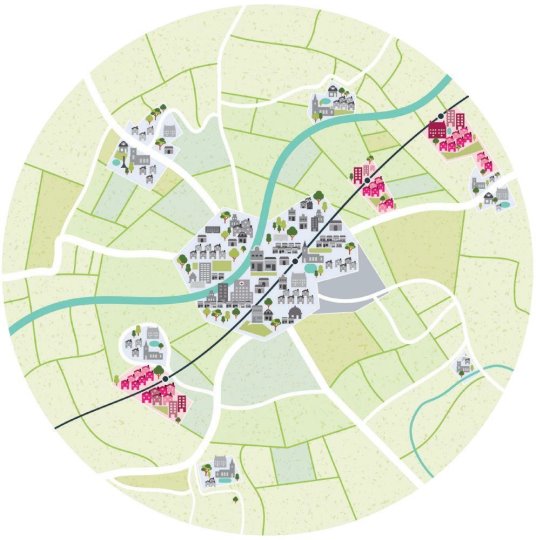
4. Development at Transport Hubs
Housing near high-quality public transport, (potential to deliver 16,000–19,000 homes).
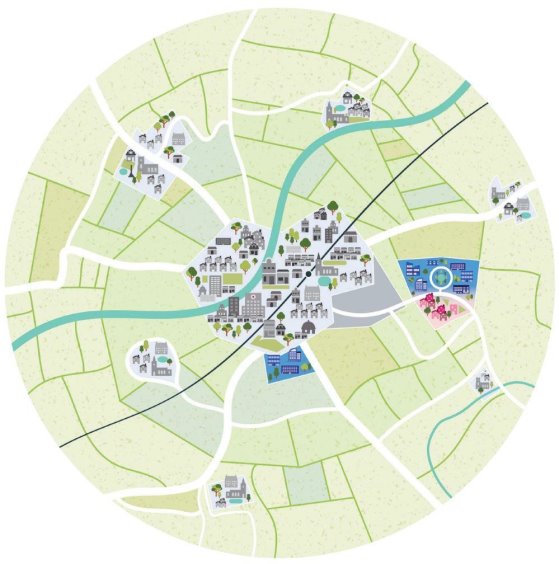
5. Expansion Near Key Employment Areas
Housing close to strategic employment zones, (potential to deliver 5,000–6,000 homes).
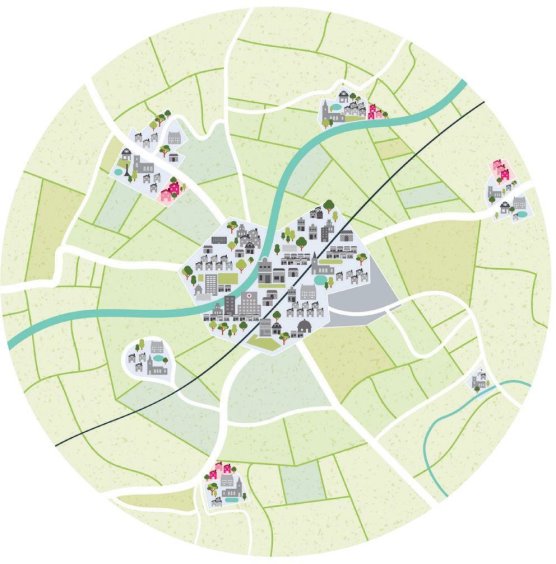
6. Limited Expansion of Villages
Modest growth in sustainable villages (potential to deliver 13,000–15,000 homes).
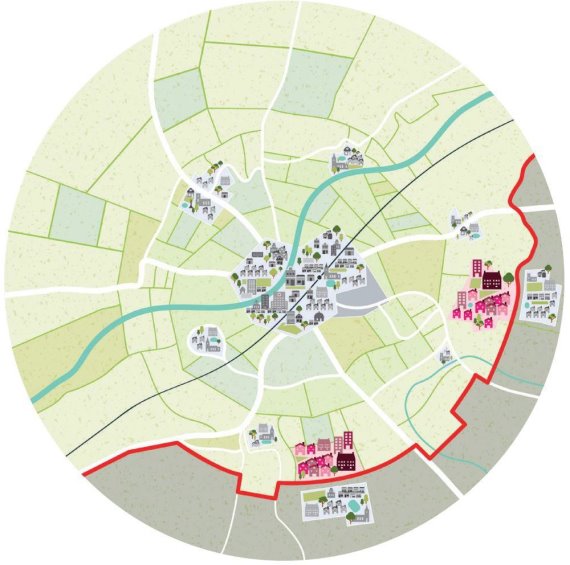
7. Expanding Urban Areas on the Edge of Buckinghamshire
Extensions into neighbouring urban areas (potential to deliver 6,000–7,000 homes).